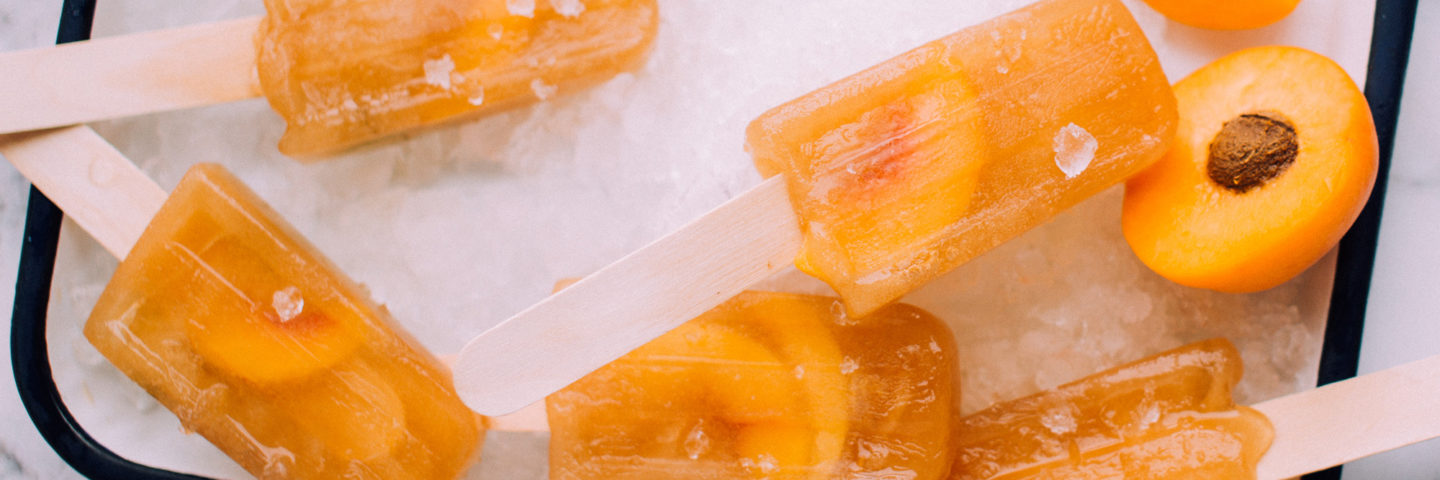
Making The Most Of Summer Produce
With summer in full swing, produce of all shapes, sizes, and colors are at their peak. From fresh, crisp salads and sides to a crunchy afternoon snack, fruits and veggies pack a powerful nutrient punch and make you feel amazing. But what do you do when you buy more than you can use? Instead of tossing the extras or letting them spoil in the fridge, savor that summer goodness by freezing fresh produce. Here are some great tips and tricks to extend the usability of your produce long after summer is gone.
Rinse First
- Wash fruits and vegetables before freezing to remove the bacteria that may make the produce spoil faster. Use 1 teaspoon of white vinegar to 1 quart of water when washing to further remove the bacteria.
- Delicate berries, like raspberries or blueberries, could become mushy if washed before freezing. Either wash after thawing or thoroughly dry after washing to maintain their best texture. Freeze the berries on a parchment-lined baking sheet first, then place in a zip-lock bag once frozen. This will help prevent the berries from sticking together while freezing. This can also be done with chopped fruits, such as bananas or melons, as well.
- Apples, peaches, and nectarines brown after slicing as their natural enzymes break down. After cutting, simply brush a mixture of 1 tsp. lemon juice and 1 and 1/3 cup of water. The acidity from the lemon juice will help to prevent the natural oxidation process.
Out with the Air
- When food comes into contact with air while frozen, the quality and flavor may be altered. Store fruits and veggies in air-tight containers or zip-lock bags. Try to get as much air out of the fruits and veggies before freezing.
- Fruits can be frozen for up to 8-12 months and vegetables for 12-18 months. Frozen produce past these times will not make the food unsafe; however, the quality or texture of the fruit or veggie will change.
Best to Blanch
- Use blanching to preserve your fresh veggies for longer. This process slows the enzymes that cause your veggies to spoil and delays vitamin and mineral loss. Start by bringing a pot of water to boil and place your veggies in the water for about 2-3 minutes. After removing from the water, place on ice and let cool. Store blanched veggies in an air-tight container or bag before freezing.
Mushy and Thawed?
- You can expect some texture changes when freezing and thawing some fruits and veggies, especially those that have high-water content, such as berries, tomatoes, or celery. These items are great to blend into smoothies, soup, or a pie filling.
Simmering Sauce or Soup
- Add frozen produce in your next homemade soup or sauce. Not only will this add texture and flavor, but also vitamins, minerals, and fiber! For the sauce, begin by simmering the frozen fruit or veggie with a blend of your favorite herbs and spices, such as smoked paprika, oregano, thyme, or curry powder. Add red wine or low-sodium veggie stock and simmer until the liquid reduces.
Sweet Sorbet
- Blend frozen fruit such as berries, peaches, or bananas, in a food processor with a splash of juice or reduced-fat milk until smooth to create a delicious and refreshing sorbet. Try different fruit combinations for different flavor and nutrient components.
Blend it up
- Put a fresh spin on your frozen smoothie by adding new fruits or veggies! Try frozen zucchini or celery to add fiber, B vitamins, and antioxidants as well as a creamy texture. Or blend spinach with mango or pineapple, or carrots with strawberries!
Fruit & Veggie Pops
- Frozen fruits and veggies can both be blended and frozen in popsicle or ice cube molds! When paired together, the natural sweetness of the fruit comes through over the flavor of the veggies.
Flavored ice cubes
- Flavored ice cubes add a great twist to infused water! Pour a mixture of fruits, veggies, and herbs into an ice cube mold and drop into sparkling water for a flavorful treat. Try mixing strawberries, lemon, and basil for a refreshing twist!


